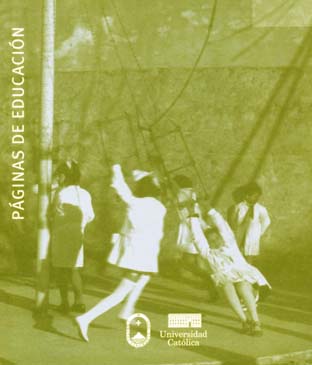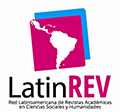Reflections about grasshoppers and inchworms in the Information and Communication Technologies Era
DOI:
https://doi.org/10.22235/pe.v10i2.1429Keywords:
paradoxes, grasshopper, caterpillar, learning, schoolAbstract
This article presents a multifaceted reflection on the different prevailing strategies to obtain knowledge in the educational system. In an effort to illustrate this complex process, the paradox of the grasshoppers and caterpillars are brought in their applications to the education system. This paradox has great relevance in the contemporary educational system because it points to a process that will alter the foundations of teaching and learning particularly in this age where ict have achieved highly sophisticated levels. Grasshoppers’ dispositions —intuitive oriented, non-lineal and proactive— and those from the caterpillars —structured, predictive and reactive— have a profound and permanent impact on the dynamics of the relationship between teacher and student. This brief reflection concludes with recommendations as pointing out strategies to stimulate the academic potential of grasshoppers and caterpillars in the educational system.
Downloads
References
Carr, N. (2010). The shallows: How the internet is changing the way we think, read and remember. Londres, Inglaterra: Atlantic Books.
Chou, P. N. (2012). Effect of Students’ Self-Directed Learning Abilities on Online Learning Outcomes: Two Exploratory Experiments in Electronic Engineering. International Journal of Humanities and Social Science, 2(6), 172-176.
Copeland, B. (2000). The Turing test. Minds and Machines, 10(4), 519-539.
Davis, J. (Ed.). (2001). Stalking crimes and victim protection: Prevention, intervention, threat assessment, and case management. Boca Ratón, FL: CRC Press.
Finger, G., Russell, G., Jamieson-Proctor, R., y Russell, N. (2007). Transforming learning with ICT: making IT happen!. New South Wales, Australia: Pearson Education Australia.
Folb, N. (2013). How thinking against the grain teaches you to love what school hates. En A. Azzopardi (Ed.), Youth: Responding to Lives (pp. 233-244). Rotterdam, Países Bajos: Sense Publishers.
Grego, P. (2014). Blazing a Ghostly Trail. Loncres, Inglaterra: Springer Cham.
Handal, B., y Herrington, T. (2004). On being dependent and independent in computer based learning environments. e-Journal of Instructional Science and Technology, 7(2). Recuperado de http://files.eric.ed.gov/fulltext/EJ850352.pdf
Handal, B. (2015). Mobile makes learning free: building conceptual, professional and school capacity. Charlotte, NC: IAP.
Jackson, J. B. (1994). A sense of place, a sense of time. New Haven, CT: Yale University Press.
Jackson, L. (2002). Freaks, geeks and Asperger syndrome: A user guide to adolescence. Londres, Inglaterra: Jessica Kingsley Publishers.
Kuhn, D. (2005). Education for Thinking. Cambridge, MA: Harvard University Press.
Lajoie, S. P. (2005). Cognitive tools for the mind: The promises of technology-cognitive amplifiers or bionic prosthetics. En R. Sternberg y D. Preiss (Eds.), Intelligence and technology: The impact of tools on the nature and development of human abilities (pp. 87-102). Mahwah, NJ: Lawrence Erlbaum.
Libow Martínez, S., y Stager, G. S. (2013). Invent to learn: Making, tinkering, and engineering in the classroom. Torrance, CA: Constructing Modern Knowledge Press.
Lieberman, M. D. (2000). Intuition: A social cognitive neuroscience approach. Psychological Bulletin, 126(1), 109-137.
McLuhan, M., y Powers, B. R. (1989). The global village: Transformations in world life and media in the 21st century. Nueva York, NY: Oxford University Press..
Papert, S. (1993). The children’s machine: Rethinking school in the age of the computer. Nueva York, NY: BasicBooks.
Piaget, J. (1926). The language and thought of the child. New York, NY: Harcourt.
Popper, K. R. (1961). The logical of scientific discovery. New York, NY: Basic Books.
Siemens, G. (2005). Connectivism: A learning theory for the digital age. International Journal of Instructional Technology and Distance Learning, 2(1), 3-10.
Vygotsky, L. (1978). Mind in society; The development of higher psychological processes (M. Cole, V. John-Steiner, S. Scribner y E. Souberman, Trad.). Cambridge, MA: Harvard University Press.
Wang, H. (2009). Teaching and learning how to write proofs in concepts of Geometry. US-China Education Review, 6(12), 74-80.
Witkin, H. A., Oltman, P.K., Raskin, E., y Karp, S. A. (1971). A Manual for the embedded figures test. Palo Alto, CA: Consulting Psychologists Press.















